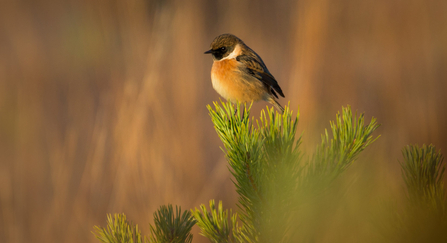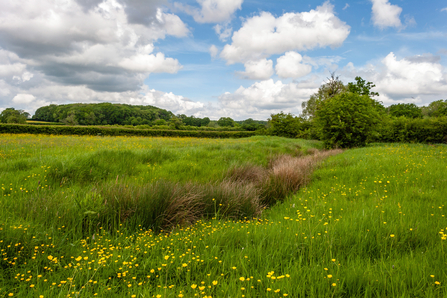And just like that, six years have gone by in a flash! It was in April 2019 that I first saw Green Farm and things have certainly changed since then. We’ve learnt a lot along the way; how much enjoyment people get from planting trees, how important it is to have a target to work towards and how really simple steps can benefit wildlife. Now that we’re finishing the first phase of the restoration project, it’s time to reflect on what’s been achieved and move forward with hope.
I could throw all sorts of statistics at you at this point to show how brilliant the restoration project has been for wildlife and for people, but instead I’m going to let our feathered friends demonstrate it for me.
As we know, it takes years and years for ecosystems to develop the millions of complex relationships between different species. Our newly created wooded habitats at Green Farm won’t be at their best for hundreds of years, but to my surprise and delight, wildlife is already responding really well. In the three years that we’ve been doing breeding bird surveys at Green Farm, the total amount of birds has risen by over 120% across the site. 120%! Nothing’s changed in that time at Monkwood, and national declines of some bird species (like cuckoo) have continued, so I think this increase must be purely down to changes at Green Farm.




